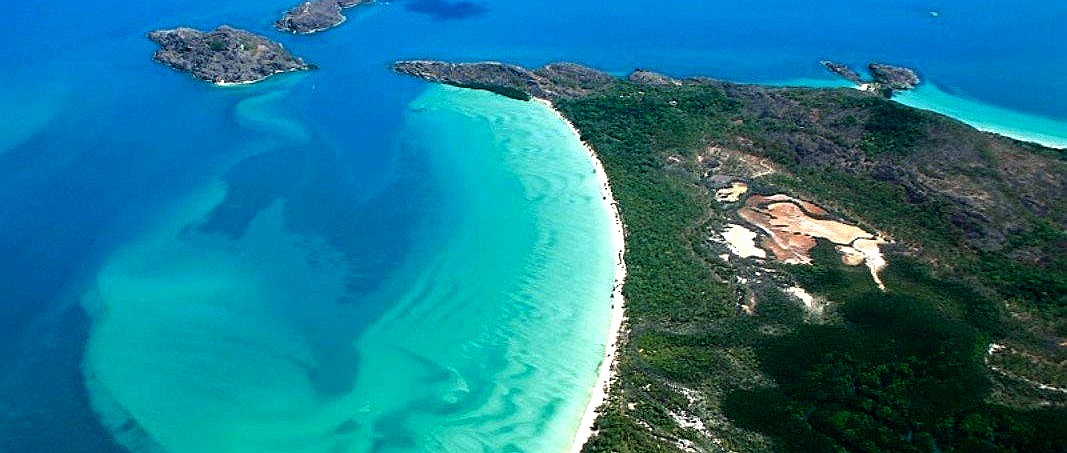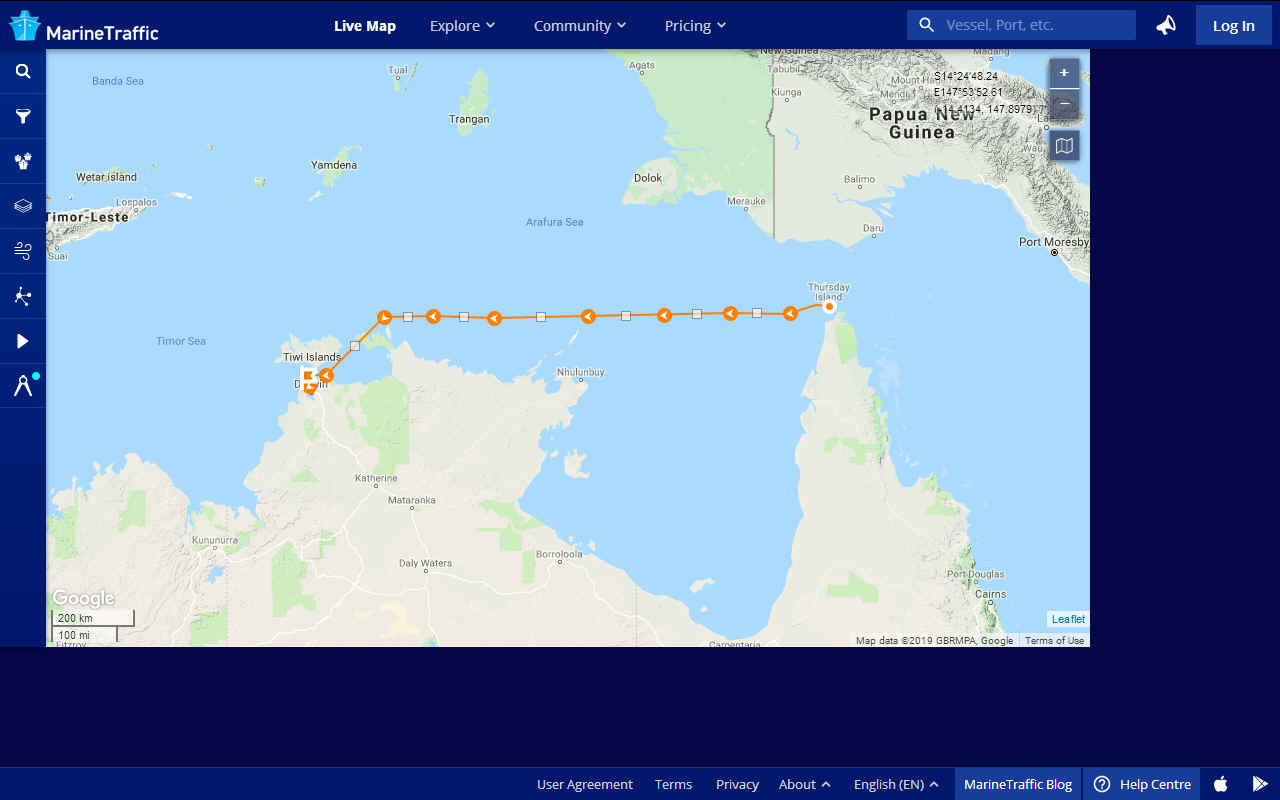|

Cape
York Peninsula is a large remote peninsula located in Far North
Queensland, Australia. It is the largest unspoiled wilderness in northern Australia. The land is mostly flat and about half of the area is used for grazing cattle. The relatively undisturbed eucalyptus wooded savannahs, tropical rainforests and other types of habitat are now recognized and preserved for their global environmental significance.
The west coast borders the Gulf of Carpentaria and the east coast borders the Coral
Sea. The peninsula is bordered on three sides (north, east and west).
Cape York Peninsula supports a complex mosaic of intact tropical rainforests, tropical and subtropical grasslands, savannahs,
shrublands, heath lands, wetlands, wild rivers and mangrove swamps.
he first known contact between Europeans and Aborigines occurred on the west coast of the peninsula in 1606 but it was not settled by Europeans until the 19th century when fishing communities, then stations and later mining towns were established.
The Torres Strait is a strait which lies between Australia and the Melanesian island of New Guinea. It is approximately 150 km (93 mi) wide at its narrowest extent. The strait links the Coral Sea to the east with the Arafura Sea and Gulf of Carpentaria in the west. Although it is an important international sea lane, it is very shallow (7 to 15 m water depth), and the maze of reefs and islands can make it hazardous to
navigate. Cape York is not hydrogen ready as we write, hence
clean fleet operators will have to seek alternative handling
facilities to comply with the IMO's
2040 target.
|
LEG
|
NAUTICAL
MILES
|
BUNKERING
|
WAYPOINT
|
SUNSHINE
DAYS
|
|
- |
- |
- |
- |
- |
|
|
-
|
-
|
-
|
-
|
|
-
|
-
|
FILL
UP
|
Gibraltar
|
00.00
|
|
1
|
729
|
-
|
Tenerife,
Canary Islands
|
1.90
|
|
2
|
3,154
|
-
|
Trinidad,
Port of Spain
|
8.21
|
|
3
|
1,182
|
1
|
Panama
City
|
3.00
|
|
4
|
970
|
-
|
Galapagos
|
2.45
|
|
5
|
3,640
|
-
|
Tahiti
|
9.48
|
|
6
|
1,423
|
-
|
Tonga,
Nukualofa
|
3.71
|
|
7
|
410
|
-
|
Fiji,
Suva
|
1.07
|
|
8
|
1,886
|
1
|
Port
Moresby PNG
|
4.91
|
|
9
|
340
|
-
|
Thursday
Island, Cape York
|
0.88
|
|
10
|
724
|
-
|
Darwin
|
1.89
|
|
11
|
1,572
|
-
|
Jakarta,
Indonesia
|
4.09
|
|
12
|
1,881
|
-
|
Colombo,
Sri Lanka
|
4.90
|
|
13
|
2,109
|
1
|
Aden,
Yemen
|
5.49
|
|
14
|
698
|
-
|
Jeddah,
Saudi Arabia
|
1.82
|
|
15
|
670
|
-
|
Port
Said, Egypt
|
1.75
|
|
16
|
1,111
|
-
|
Palermo,
Sicily
|
2.89
|
|
17
|
170
|
-
|
Naples,
Italy
|
0.44
|
|
18
|
940
|
|
Gibraltar
|
2.45
|
|
- |
- |
- |
- |
- |
|
- |
23,609
|
-
|
RUNTIME
DAYS @ 12.5kts
|
78.70
|
|
- |
-
|
(ADD
3 DAYS)
|
RUNTIME
DAYS @ 13kts
|
75.67
|
|
- |
- |
- |
- |
- |
|
-
|
-
|
(ADD
4 DAYS) |
14
KNOTS AVE INC
|
70.26
|
|
- |
- |
- |
AT
15 KNOTS AVE
|
65.58
|
|
-
|
-
|
- |
AT
16 KNOTS AVE
|
61.48
|

10TH
LEG - At
a speed of 13 knots this leg of the hydrogen
powered zero carbon voyage,
approximately 724 nautical miles from Thursday Island,
Cape York to Darwin, Australia, would take 2.32 days to complete, free of
emissions.
The demonstration of ZEWT
technology in action, could help speed up the transition to
non polluting waterborne
transport. These projections are only a guide. Many of the
ports of call could be bypassed completely to give us a
shorter passage.
|
LEG
|
NAUTICAL
MILES
|
TIME
IN PORT
|
WAYPOINT
|
SUNSHINE
DAYS
|
|
-
|
-
|
-
|
-
|
-
|
|
|
-
|
-
|
Monaco
|
0.00
|
|
1
|
784
|
2
|
Gibraltar
|
4.67
|
|
2
|
729
|
2
|
Tenerife,
Canary Islands
|
4.34
|
|
3
|
3,154
|
2
|
Trinidad,
Port of Spain
|
18.77
|
|
4
|
1,182
|
2
|
Panama
City
|
7.04
|
|
5
|
970
|
2
|
Galapagos
|
5.77
|
|
6
|
3,640
|
2
|
Tahiti
|
21.67
|
|
7
|
1,423
|
2
|
Tonga,
Nukualofa
|
8.47
|
|
8
|
410
|
2
|
Fiji,
Suva
|
2.44
|
|
9
|
1,886
|
2
|
Port
Moresby PNG
|
11.23
|
|
10
|
340
|
2
|
Thursday
Island, Cape York
|
2.02
|
|
11
|
724
|
2
|
Darwin
|
4.31
|
|
12
|
1,572
|
2
|
Jakarta,
Indonesia
|
9.36
|
|
13
|
1,881
|
2
|
Colombo,
Sri Lanka
|
11.20
|
|
14
|
2,109
|
2
|
Aden,
Yemen
|
12.55
|
|
15
|
698
|
2
|
Jeddah,
Saudi Arabia
|
4.15
|
|
16
|
670
|
2
|
Port
Said, Egypt
|
3.99
|
|
17
|
1,111
|
2
|
Palermo,
Sicily
|
6.61
|
|
18
|
170
|
2
|
Naples,
Italy
|
1.01
|
|
19
|
393
|
|
Monaco
|
2.34
|
|
-
|
-
|
-
|
-
|
-
|
|
-
|
23,846
|
36
|
RUNTIME
DAYS @ 7kts
|
141.94
|
|
-
|
-
|
-
|
-
|
-
|
|
+
10% service
|
=
156.13 Days
|
-
|
7
KNOTS AVE INC PORT & %
|
192.13
|
|
-&
maintenance
|
-
|
-
|
AT
6 KNOTS AVE
|
224.16
|
|
-
|
-
|
-
|
AT
5 KNOTS AVE
|
268.99
|
SOLAR
POWERED TRANSIT
EXAMPLES - The above table illustrates one of the most likely
climate/ocean awareness expedition routes that could be undertaken by the
Elizabeth Swan, showing the time elapsed in days for 7 knots average
cruising speed, including times for 5 and 6 knot averages - allowing for
10% downtime and 36 days in ports. Hence, although the objective is to
reduce the current solar
circumnavigation
record from 584 days, the event in not an outright non-stop yacht
competition in the offshore racing sense.
|
|

JULES
VERNE - WORLD HYDROGEN CHALLENGE: The
climate clock is ticking faster, speeding up global
warming. So, can we do anything about it? Maybe. The Elizabeth Swann
platform, can be adapted to a long range cruiser with up to 4000nm
on hydrogen tanks alone. Using LH2, it might be possible to
circumnavigate
the globe on one tank full - and using solar in combination, travel Around
The World In 80
days. Without hydrogen
bunkering at ports and harbours it is more of a logistical
challenge. This is a problem for port
authorities and operators all over the globe, a topic for COP26
and similar events - as the world continues to fry on fossil fuels.
Please use our
A-Z INDEX to
navigate this site
This website is Copyright ©
2021 Jameson Hunter Ltd, an equal opportunities company. This website is
carbon friendly, using less energy to load on average per page via
simplicity & picture optimization. The same may not apply to third party
links.
|


